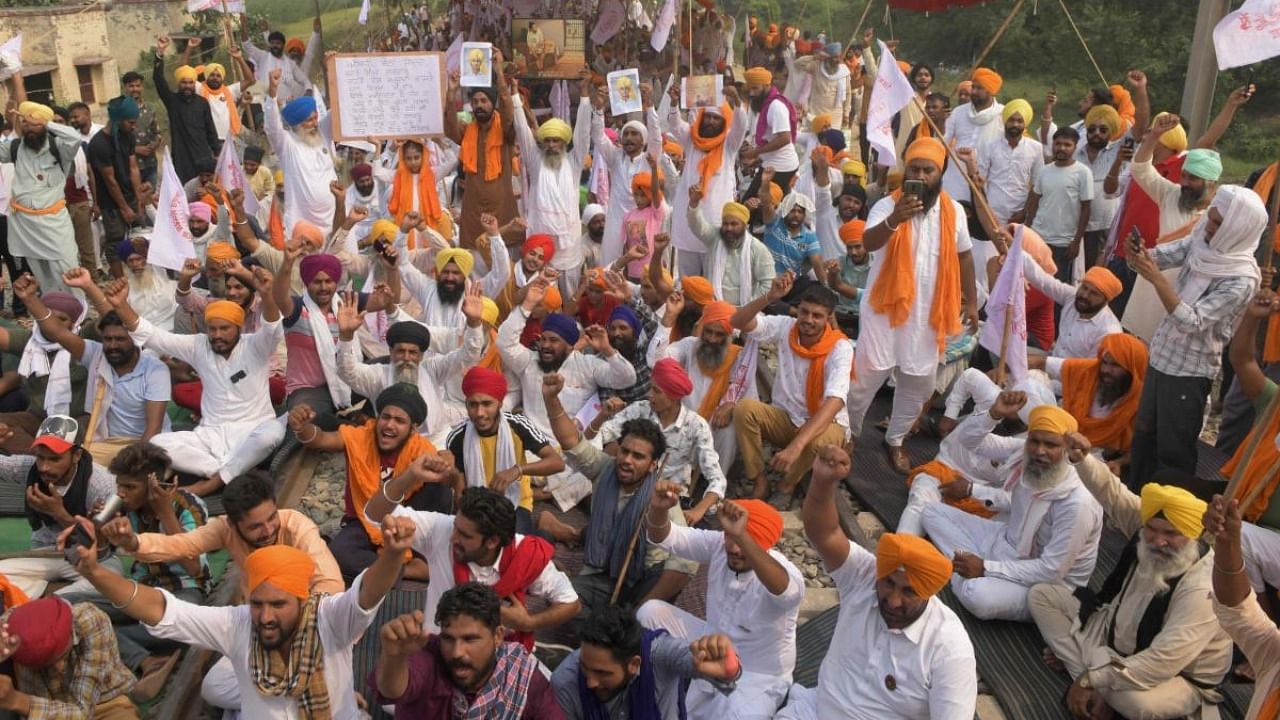
Distress in the farm sector has a long history in India. Historically, there have been a large number of farmers’ agitations and movements. This revisit to the agitations of farmers, commonly known as “Deccan riots”, felt necessary to track the philosophy of agrarian agitations and seek solutions before the situation spirals out of control. Many times an appropriate intervention at a critical time helps to ameliorate the impact of such agitations.
The farmers’ movements could be classified into three groups. The first category that of the land-based movement which includes tenants’ agitations against the landlords, where the issue is about snatching of tenants’ rights and making it difficult for them to survive. These movements were prominently seen in Telangana, West Bengal and Jharkhand. The second category of movements originates out of failure to get the appropriate price for the products that the farmers produce. Some of these began during the British Raj and continued in Independence India. Movements led by Sharad Joshi, Tikhait and Prof. Nanjundaswamy were of this kind. The third type of movements includes factor market imperfections viz. bank credit, water rights, provision of irrigation and facilitating distribution of irrigation water. These are generally focused on the failure of input markets and product markets.
Farmers’ agitations are usually sparked by a sense of ‘injustice’ experienced by the farming community and the threat to their survival due to adverse impact on income flows. The agitations of farmers from Deccan Plateau, specifically in the Pune-Ahmednagar region of Maharashtra began due to usurious interest rates charged by the money lenders and the compulsions by officers with regard to the settlement of land revenue. The concerned administration did not notice the sufferings of the farmers, who were at the mercy of money lenders. Farmers had to borrow from money lenders under many compulsions that included the failure of crops on one side and payment of land revenue on the other. Money lenders played tricks to maximise their gains through the interlocking of credit-land –produce markets. The money lenders ensured the enslavement of farmers by effecting written and oral agreements to serve the former in cases of defaults.
Farmers’ agitation began in December 1874, with Babasaheb Deshmukh as its leader, as farmers were compelled to repay loans by handing over properties to moneylenders. Farmers not only refused to abide by the decree but also convinced everyone to boycott services to money lenders and refuse to pay usurious interests. On May 12, 1875, pandemonium broke out in the village of Supa. Agitators attacked houses and shops of the money lenders. With the administration taking decisive measures, the situation was brought under control. The British government took note of the brewing discontent among and appointed an enquiry commission headed by J B Richley to investigate the situation.
The Commission recommended the exemption of land and property from being attached for purposes of debt recovery except with the authorisation of the judiciary. The limitation law was passed to check the exploitation of farmers, a time frame for returning loan and for executing the decree. The Commission also contemplated bringing usurious interest rates under control. The Act providing for land improvement was considered for the benefit of farmers. The commission also recommended quick steps to sort out the issues by strengthening the judiciary. Steps were taken to ensure the misuse of the decree. The administration was also advised to gradually implement reforms.
It is a fact that farmers’ agitations are not new, but in Independent India, unlike in British India, the process of resolving agitations is not set. In the entire episode agitators as well as society suffer immensely. The Deccan farmers’ agitation was quite significant and fierce, although it was confined to a small region. Quick steps taken by the administration, however, could avoid the wildfire spread of the agitation. It is necessary to learn to control such situations by diffusing the conditions leading to such agitations and resolving issues at the root.
(Dhume is Professor (Economics), Alliance University and R S Deshpande is Former Director, Institute for Social and Economic Change)